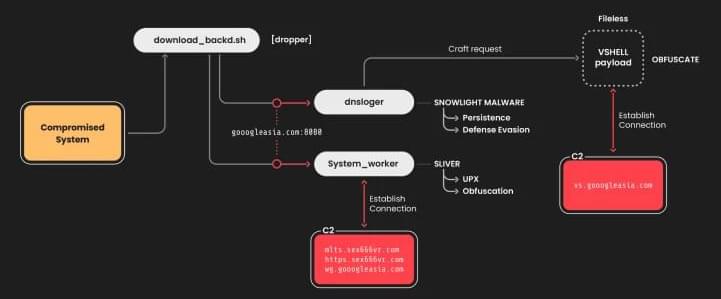Earth rotates, the Sun rotates, the Milky Way rotates – and a new model suggests the entire Universe could be rotating. If confirmed, it could ease a significant tension in cosmology.
The Universe is expanding, but exactly how fast is a contentious question. Two different methods of measurement return two very different speeds – and as the measurements become more precise, each becomes more certain. This discrepancy is known as the Hubble tension, and it’s reaching crisis levels in physics.
So for a new study, physicists in Hungary and the US added a small rotation to a model of the Universe – and this mathematical massage seemed to quickly ease the tension.









